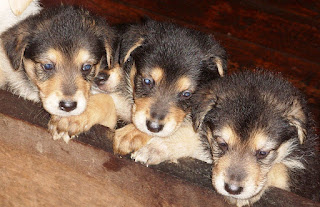Given our options over the Christmas season, the Caribbean coast was a good decision, and it gave us a chance to see the Costa Rican beaches of Cahuita and Puerto Viejo. However, we would not recommend either place. The weather is unpredictable with too much rain, services are limited, beaches are mediocre and the restaurants are pricy for the quality of the food.
 |
| Everything grows, even as you watch! |
While we had experienced tropical downpours before, they were usually short in duration. Here, we had heavy rain for many hours. Rain starting late evening until dawn without stopping, 40-50mm on a couple of nights! I even like rain, but this was too much for me and Lance was muttering "same as Victoria." Even when the rain stopped, nothing dried without the sun. If you stay too long, either you will dissolve like my Fisherman Friends inside a tin box, or start to sprout plant life!
On the good news site, we did have a wonderful cabina, access to a full kitchen, wireless everywhere on the property, interesting guests to talk to, and wild life at our doorstep: toucans, hummingbirds, rare frogs and howler monkeys. Thankfully, the owner’s dogs kept the monkeys in the trees!
 |
| Lance in the kitchen |
 |
| Future guard dogs |
 |
| Downtown Cahuita |

































